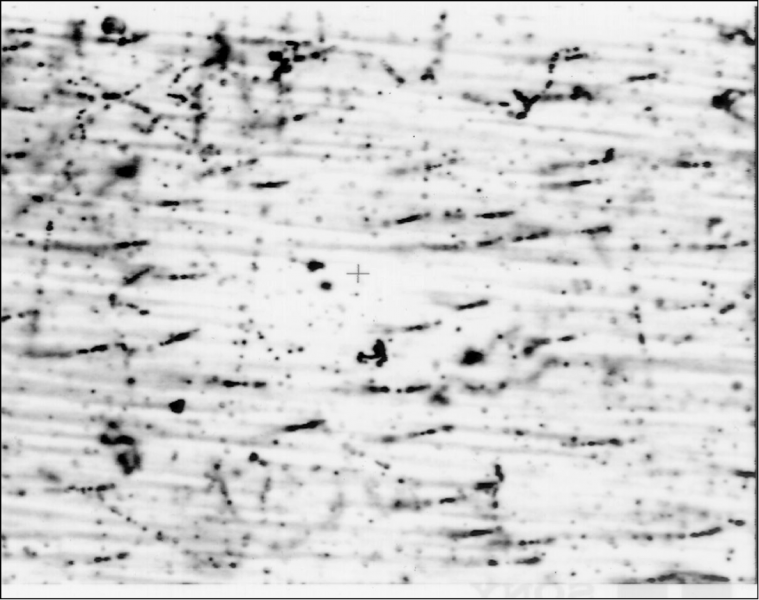
In August 1912, Austrian physicist Victor Hess made a historic balloon flight that opened a new window on matter in the universe. As he ascended to 5300 metres, he measured the rate of ionisation in the atmosphere and found that it increased to some three times that at sea level. He concluded that penetrating radiation was entering the atmosphere from above. He had discovered cosmic rays.
These high-energy particles arriving from outer space are mainly (89%) protons – nuclei of hydrogen, the lightest and most common element in the universe – but they also include nuclei of helium (10%) and heavier nuclei (1%), all the way up to uranium. When they arrive at Earth, they collide with the nuclei of atoms in the upper atmosphere, creating more particles, mainly pions. The charged pions can swiftly decay, emitting particles called muons. Unlike pions, these do not interact strongly with matter, and can travel through the atmosphere to penetrate below ground. The rate of muons arriving at the surface of the Earth is such that about one per second passes through a volume the size of a person’s head.
A new world of particles
Studies of cosmic rays opened the door to a world of particles beyond the confines of the atom: the first particle of antimatter, the positron (the antielectron) was discovered in 1932, the muon in 1937, followed by the pion, the kaon and several more. Until the advent of high-energy particle accelerators in the early 1950s, this natural radiation provided the only way to investigate the growing particle "zoo". Indeed, when CERN was founded in 1954, its convention included cosmic rays in the list of scientific interests. But even though accelerators came to provide the best hunting ground for new particles, the physics of cosmic rays is still widely studied.
The energies of the primary cosmic rays range from around 1 GeV – the energy of a relatively small particle accelerator – to as much as 108 TeV, far higher than the beam energy of the Large Hadron Collider. The rate at which these particles arrive at the top of the atmosphere falls off with increasing energy, from about 10 000 per square metre per second at 1 GeV to less than one per square kilometre per century for the highest energy particles. The very high-energy cosmic rays generate huge showers of up to 10 billion secondary particles or more, which can be picked up by particle detectors when they are spread over areas as large as 20 square kilometres on the surface of the Earth.
Cosmic accelerators
Just how do cosmic rays reach such high energies? Where are the natural accelerators? The lowest energy cosmic rays arrive from the Sun in a stream of charged particles known as the solar wind, but pinning down the origin of the higher-energy particles is made difficult as they twist and turn in the magnetic fields of interstellar space.
Clues have come through studying high-energy gamma rays from outer space. These are far fewer than the charged cosmic rays, but being electrically neutral they are not influenced by magnetic fields. They generate showers of secondary particles that can be detected on Earth and that point back towards the point of origin of the gamma rays. Sources of the highest energy gamma rays in our own galaxy, the Milky Way, include the remnants of supernovae, such as the famous Crab Nebula; the shock waves from these stellar explosions have long been proposed as possible natural accelerators. Other sources of ultra-high-energy gamma rays lie in other galaxies, where exotic objects such as supermassive black holes may drive the acceleration. There is also evidence that the highest energy charged cosmic rays also have similar origins in other galaxies.
Cosmic-ray experiments at CERN

Could there be a link between galactic cosmic rays and cloud formation? An experiment at CERN is using the cleanest box in the world to find out.
Read more about the CLOUD experiment.

